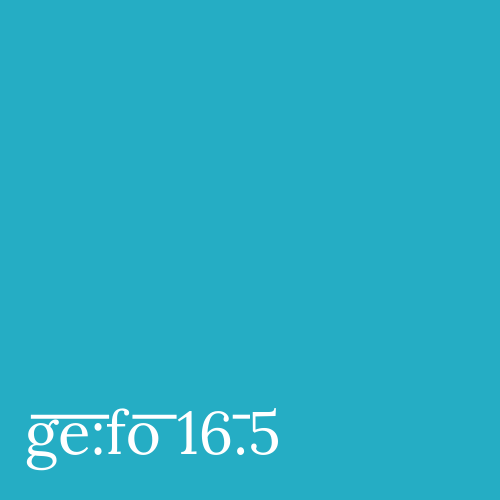Review: Güner Yasemin Balci: Das Mädchen und der Gotteskrieger
DOI:
https://doi.org/10.18716/ojs/gefo/2017.2450Keywords:
Güner Yasemin Balci, Das Mädchen und der Gotteskrieger, jihad, ISAbstract
In lieu of an abstract, here is the first paragraph of the review:
Güner Yasemin Balci’s latest novel, Das Mädchen und der Gotteskrieger (2016) (The Girl and the Jihadist, my translation), explores what inspires young women to radicalize themselves and join Islamist terror groups. Balci’s sixteen-year-old protagonist, Nimet, is a hopeless romantic whose idea of a life in the Islamic State consists of preparing raspberry ice cream with a whipped topping for her jihadist boyfriend, Saed. Research into modern jihadist recruiting narratives suggests that, although fictional, Nimet’s story is fairly typical for young, female Europeans being courted. According to Islamic studies scholar Hamideh Mohagheghi, the wish for an intact family can be a driving force behind women’s decisions to join ISIS. In 2015, Mohagheghi published an elaborate commentary on the IS women’s manifesto in Frauen für den Dschihad: Das Manifest der IS-Kämpferinnen (2015) (Women for the Jihad: The Manifesto of Female IS Fighters, my translation). The manifesto was written by the Al-Khanssaa Brigade, a kind of religious female police force that arrests and punishes women who do not abide by the strict dress and behavioral codes upheld in IS territory. In her commentary, Mohagheghi demonstrates how Al-Khanssaa paints a picture-perfect family idyll, in which women are able to thrive as mothers and housewives while their loving husbands provide financial stability and protection (131). In order to attract young women like Balci’s Nimet who pursue this perceived domestic security, the authors downplay and idealize the strict Sharia laws as interpreted by Daesh that govern everyday life.



